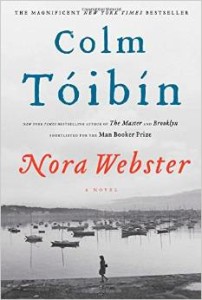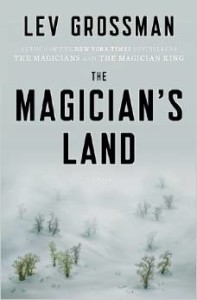We all make compromises for those we love.
I have been a non-meat-eater since 1981. Though I confess to eating my mother’s chicken broth once a year at her seder, aside from that I have not eaten meat or chicken since I was a senior in high school.
I once thought that I would have an idyllic vegetarian household, with sweet little vegetarian children who gladly ate tofu hot dogs, beans and rice, mac and cheese, and loads of spinach. Needless to say, it didn’t turn out quite like that. My children were both lactose intolerant, and as young kids they were averse to beans (other than humus) and green vegetables. And by the way, my spouse was allergic to soy, which further complicated dinner time.
At first I bought prepared or easy-to-prepare meat things from our food coop – organic chicken nuggets, all natural beef hot dogs, and so on. And we ate fish, a lot of fish, because in truth I am actually a conflicted pescatarian.
But my children got bigger and they needed more than chicken nuggets and hot dogs. I started to cook meat. Several nights a week. Chicken breasts with apricot coconut sauce, or garlic-soy-ginger, chicken thighs shwarma-style, chicken and broccoli stir fries, grilled turkey breasts, sweet and sour meat balls, meatloaves (Asian-style or standard American). The less I had to touch it and deal with it, the better, so I still have never cooked a whole chicken. But I hear that my meat meals are pretty good. Over the years I developed some recipes that sounded good and were relatively easy for a working mom to manage.
I don’t like meat and I still do believe that the world would be a better place without the killing of animals and the eating of meat. But people I love eat meat. That’s just reality. So I compromise, and I’ve learned to cook meat. It’s not that we eat it all the time, but I do cook it sometimes, and they do eat it.
And then there’s Passover. Early on I decided to make it a meat meal. It didn’t seem right without meat. I know that sounds weird for a non-meat eater, but there it is. How could it be Passover without brisket or chopped liver, without chicken soup, without those emotional connections to Passovers past? And because I keep kosher, it couldn’t be both meat and dairy. So meat it was.
So these days my seder includes a brisket, which I now make myself after years of relying on my mother. And roasted turkey breasts, which required slightly more touching of meat than I’d like but is still better than a whole turkey or chicken. And my mother’s chopped liver.
That’s where I draw the line. Some of the people around the table love chopped liver. It’s the only time all year they eat it, and they look forward to it. So ok, they can have it as long as I don’t have to make it. There’s only so far I can go with compromising my personal comfort level to make the people I love happy. So that’s my mother’s contribution to my seder – her homemade chopped liver. As for me, I make an amazing vegetarian “chopped liver” that many of the meat eaters love. (One caveat – it’s made with kitniyot. So join the Kitniyot Liberation Front and enjoy it. If you don’t know what I’m talking about it, read up but feel free to eat legumes on Passover, it’s really ok.)
As for those sweet vegetarian kids I was going to raise – well, they’re both pretty serious carnivores. But they’re still very sweet and they do eat spinach, as well as kale and lots of other healthy vegetables.
Vegetarian Chopped Liver
1 cup carmelized or sautéed onions
1 10 oz bag frozen string beans, defrosted
1 cup cashews nuts
Salt and lemon juice to taste
Toast the cashews so that they’re lightly brown.
Place onions, string beans, and cashews in the food processor. Blend it all together. Add salt and lemon juice to taste. That’s it! (I always triple the recipe and we eat it all week).
































